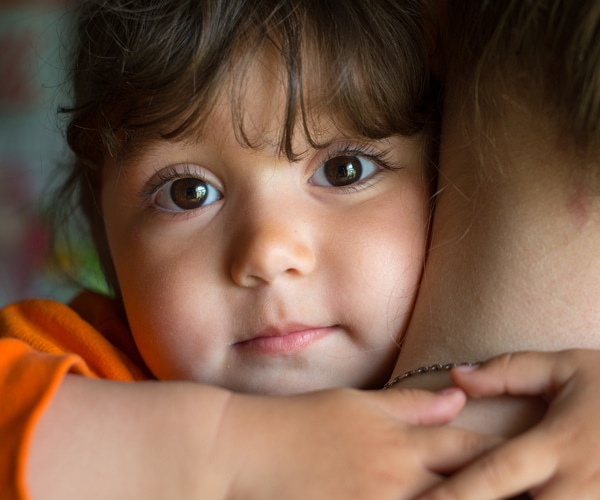
Identifying PTSD risk can encourage resilience
April 17, 2023Many children show great resilience in the face of adversity. In particular, approximately 75–90% of children exposed to trauma do not develop PTSD. Factors that protect children from developing this disorder include strong family and peer supports. Besides recognizing protective factors, it is also important to consider risk factors for developing PTSD after trauma.
To determine risk factors, researchers systematically identified and analyzed 40 long-term studies on posttraumatic stress reactions in children. Predictors for developing posttraumatic stress reactions included injury severity and days in hospital, as well as the stress symptoms occurring soon after the trauma.
Having a parent with posttraumatic stress symptoms also increased risk, as did the child having symptoms of depression or anxiety. In contrast, child age, ethnicity and socio-economic status were unrelated to risk.
The research as to what increases risks for posttraumatic stress also suggests ways to help, for example, by strengthening family supports. But the foremost goal should be to prevent avoidable childhood adversities wherever possible.
When trauma cannot be prevented, ensuring the child’s basic safety is the first step. And if PTSD symptoms have developed, effective treatments are urgently required. For more information, see Vol. 15, No. 2 of the Children’s Mental Health Research Quarterly.
